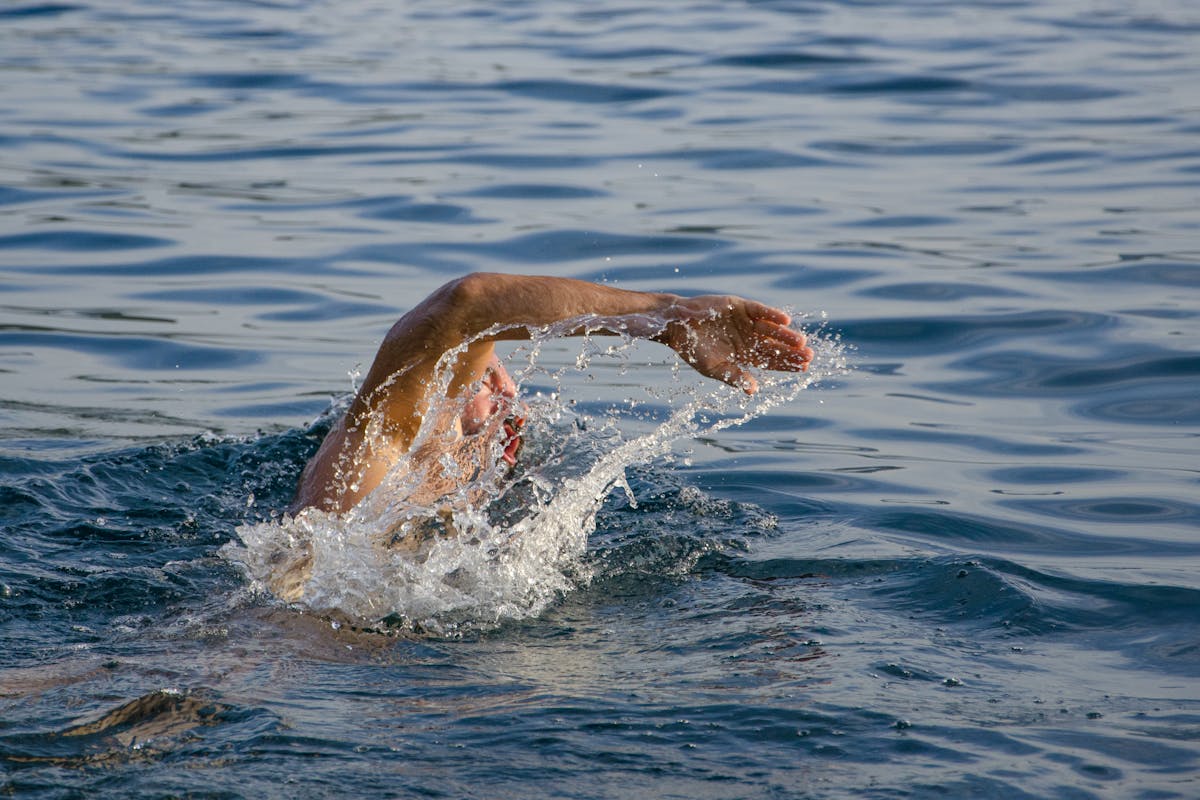Freestyle—often referred to as the front crawl—is the fastest and most commonly used stroke in both competitive and recreational swimming. But perfecting your freestyle isn’t just about swimming lap after lap. Incorporating specific drills into your training routine can dramatically improve your technique, efficiency, and overall speed.
In this article, we’ll explore 10 expert-recommended swim drills designed to enhance every key component of your freestyle, from body position to arm mechanics and breathing control.
1. Catch-Up Drill
Purpose: Improve arm timing, coordination, and streamline body position.
How to do it: Start each stroke only when the recovering hand “catches up” and touches the hand that’s extended forward. This forces both arms to move in a more synchronized manner.
Tip: Use a swim snorkel to focus solely on arm movement without worrying about breathing.
Source: USA Swimming Coaches Manual
2. Fingertip Drag Drill
Purpose: Reinforce high elbow recovery and smooth hand entry.
How to do it: While swimming freestyle, drag your fingertips across the water surface during the recovery phase of each stroke. This promotes relaxed shoulders and proper arm mechanics.
Why it works: It develops muscle memory for a high-elbow recovery, crucial for reducing resistance.
Source: Swim Coach Terry Laughlin (Total Immersion)
3. One-Arm Freestyle Drill
Purpose: Focus on arm path and body rotation.
How to do it: Swim freestyle using only one arm while keeping the other extended straight in front. Switch arms after 25–50 meters.
Variation: Try with a snorkel and pull buoy to isolate upper body movement.
4. Zipper Drill
Purpose: Improve shoulder rotation and arm recovery control.
How to do it: As you recover your arm, lightly brush your thumb up along the side of your body (as if zipping up a wetsuit).
Key benefit: Enhances proprioception and encourages a tight, controlled recovery.
5. Head-Lead Balance Drill
Purpose: Master body alignment and streamline position.
How to do it: Swim on your stomach or side without using arms, focusing on keeping your head in line with your spine and hips at the surface.
Tool: A snorkel helps maintain balance without breaking form for breath.
6. Sculling Drill
Purpose: Build a better “feel for the water.”
How to do it: Use small figure-eight movements of your hands in front of your head or hips while keeping elbows bent. Stay afloat and move slowly forward.
Result: Improves your ability to catch and hold water during the pull phase.
Source: American Swimming Coaches Association (ASCA)
7. Kick-on-Side Drill
Purpose: Improve side body balance and breathing technique.
How to do it: Kick with one arm extended and body rotated to the side. Your face can be either submerged or turned up for breathing.
Pro Tip: Pair with fins to maintain momentum and build ankle flexibility.
8. Closed-Fist Drill
Purpose: Engage forearms and develop water sensitivity.
How to do it: Swim freestyle with clenched fists. This forces your forearms to take over and generate propulsion.
Result: When switching back to open hands, your “feel” for the water will noticeably improve.
9. 3-3-3 Drill
Purpose: Combine isolated and full-stroke swimming for technique integration.
How to do it: Perform 3 strokes with your right arm only, 3 with your left, and then 3 full freestyle strokes. Repeat.
Why it helps: Allows focused work on each arm, then applies that control to full-stroke swimming.
10. Freestyle with Swim Snorkel
Purpose: Improve stroke mechanics without worrying about breathing.
How to do it: Use a center-mounted snorkel to swim laps while focusing on hand entry, head alignment, and core engagement.
Pro Tip: Ideal for technique-focused sets or warm-ups.
🏁 Putting It All Together
You don’t need to do every drill in one session. Pick 2–3 that address your specific weaknesses and cycle them throughout your week. The key is consistent, mindful practice—watch yourself on video, ask a coach for feedback, or use underwater mirrors if available.
📚 Sources & References
- USA Swimming Coaches Education Program
- Total Immersion by Terry Laughlin
- American Swimming Coaches Association (ASCA)
- SwimSwam Technique Articles

